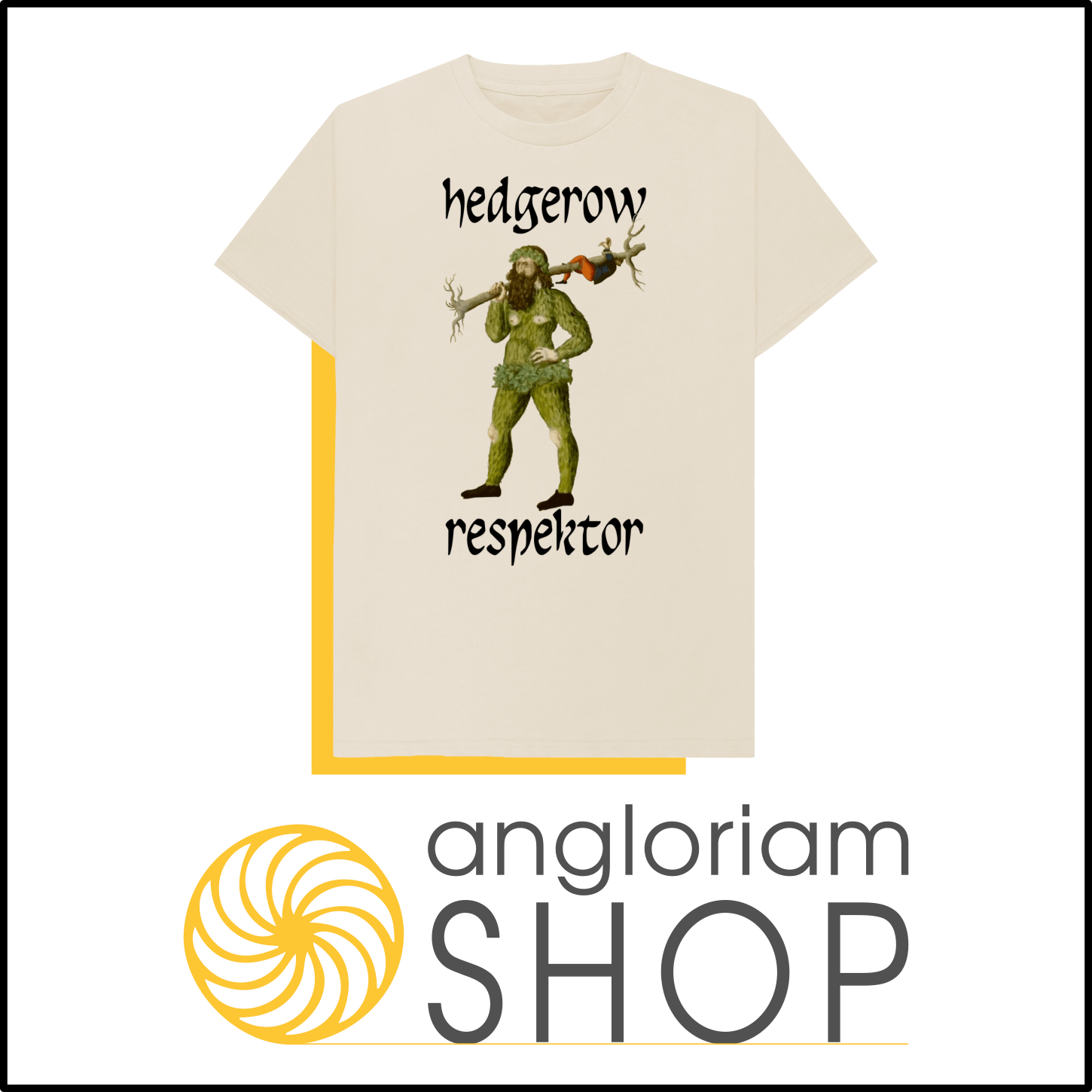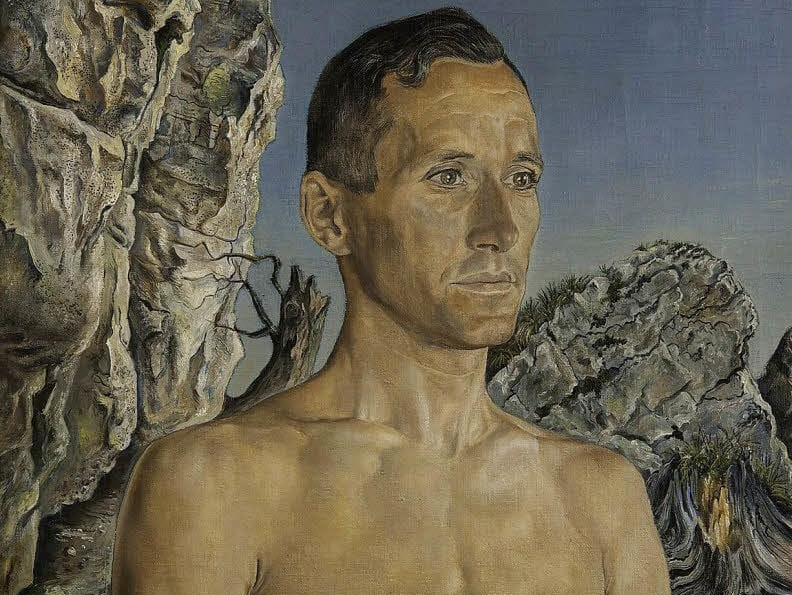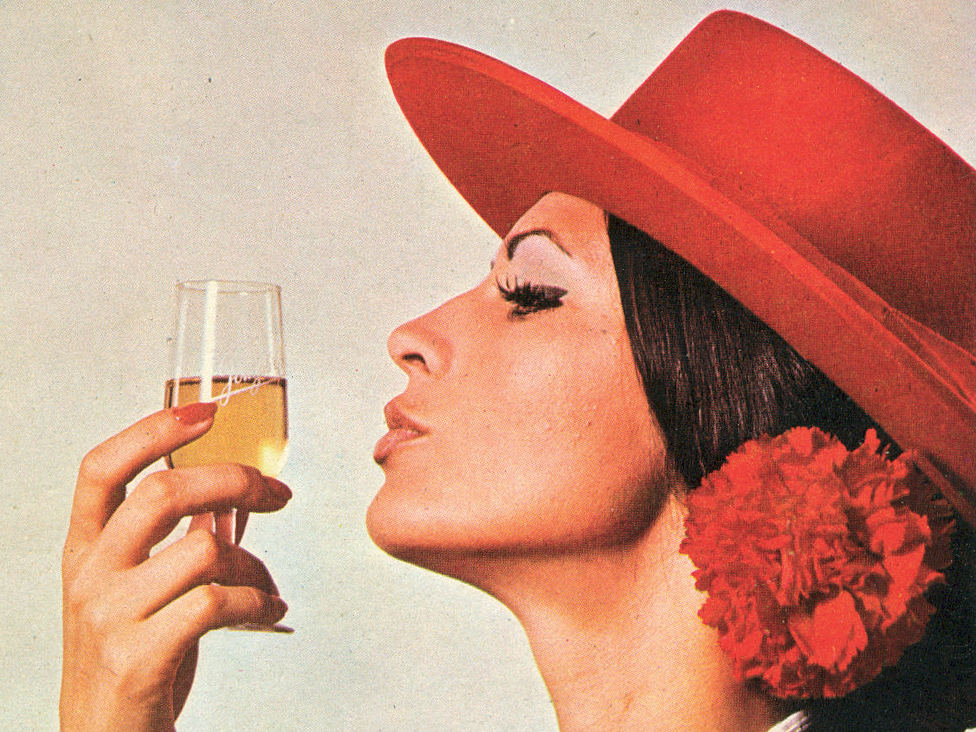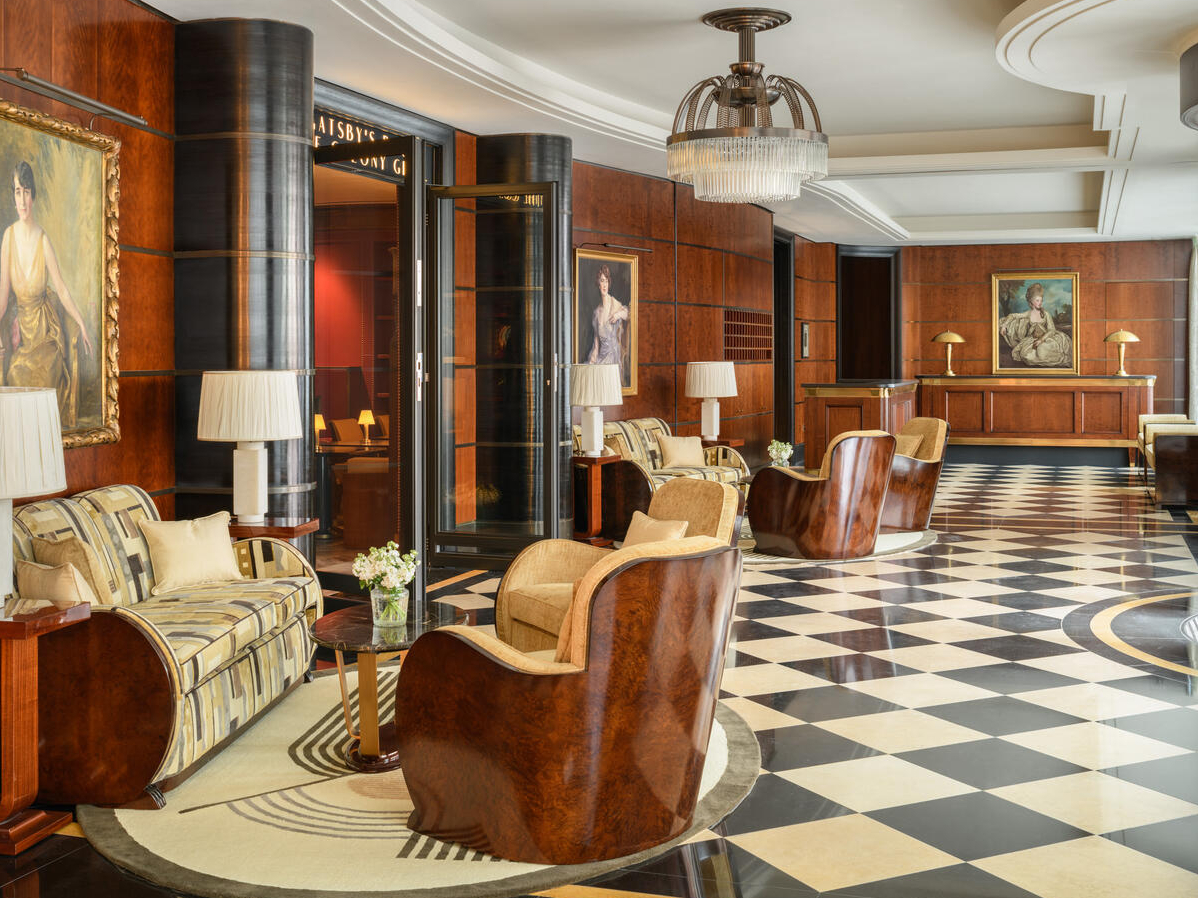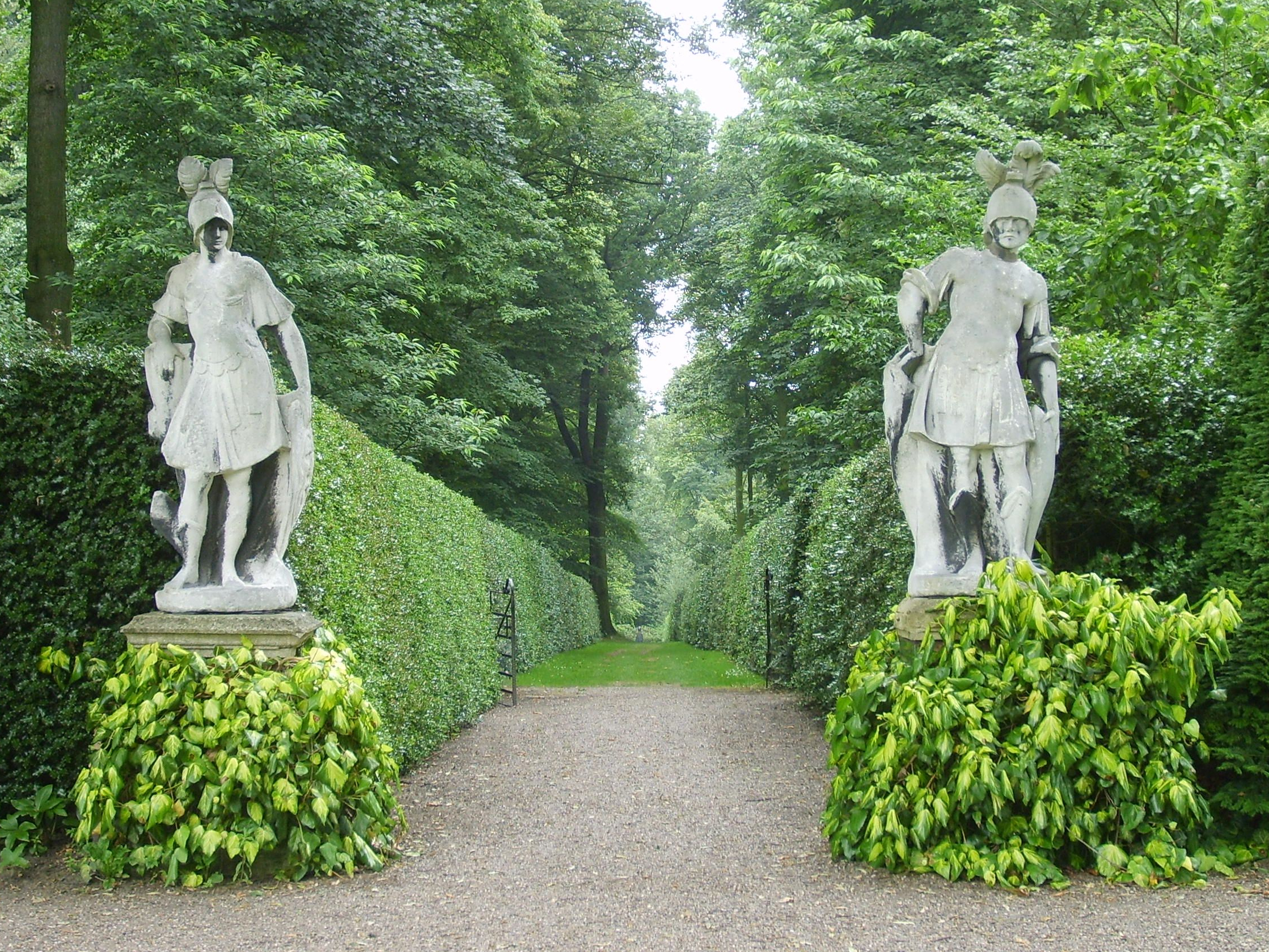Gesamkunstwerk is a German term that translates to total work of art or complete artwork. Coined by the composer Richard Wagner in the 19th century, this concept refers to a work of art that synthesizes various artistic forms and media into a single unified piece.
Wagner used this term to describe his ideal approach to opera, where music, drama, poetry, visual elements, and stagecraft would bring together an elevated art form.
Total art and its origins
The roots of gesamkunstwerk can be traced back to ancient Greek theatrical traditions, particularly the festivals of Dionysus.
The festivals of Dionysus were religious and theatrical celebrations held in honour of Dionysus, the god of wine, fertility, and theatre.
The most famous of these festivals was the Dionysia, an annual event held in Athens.
The festival included religious ceremonies, processions, and, most notably, theatrical performances.
Playwrights, such as Aeschylus, Sophocles, and Euripides, would present their tragedies and comedies in competition.
Choral performances were an integral part of the theatrical productions.
The chorus, consisting of singers and dancers, would provide commentary, enhance the emotional impact of the play, and engage with the audience.
Music accompanied the theatrical performances.
Wagner drew inspiration from this idea of a unified artistic expression that served as a platform for cultural and civic pride.
He admired the way ancient Greek dramas combined the arts to evoke a cathartic experience, and he aimed to capture a similar effect in his operas.
In the 19th century, artists and thinkers of the Romantic movement, like Wagner, sought to break down the boundaries between different art forms, viewing them as interconnected rather than separate entities. Gesamtkunstwerk entered the technological age. The industrial revolution brought about significant technological advancements, influencing the way artists thought about the possibilities of combining different media. Innovations in lighting, stage design, and acoustics played a role in shaping the vision of the total artwork. Wagner believed that by unifying the various elements of opera, he could create a more profound emotional effect on the audience.
Search for unity in the arts
Exponents of gesamkunstwerk seek unity across diverse art forms. Richard Wagner’s epic opera cycle, The Ring of the Nibelung, is the best historical example of gesamkunstwerk. Comprising four interconnected operas (Das Rheingold, Die Walküre, Siegfried, and Götterdämmerung), it is a monumental work where music, drama, poetry, and stage design converge to tell a complex mythological narrative. Wagner’s combination of these elements aimed to create a more complete experience for the audience. And it succeeded.
The German Bauhaus movement of the 1920s-1930s, led by figures like Walter Gropius, embraced the gesamkunstwerk philosophy in architecture. The Bauhaus School aimed to create functional and aesthetically harmonious designs. Buildings like the Bauhaus School in Dessau exemplify this approach, where architecture, interior design, and even furniture were conceived as part of a cohesive whole. Gropius founded the Bauhaus school in Weimar, Germany, in 1919, and designed the school building to embody the principles of the Bauhaus philosophy in its architecture.
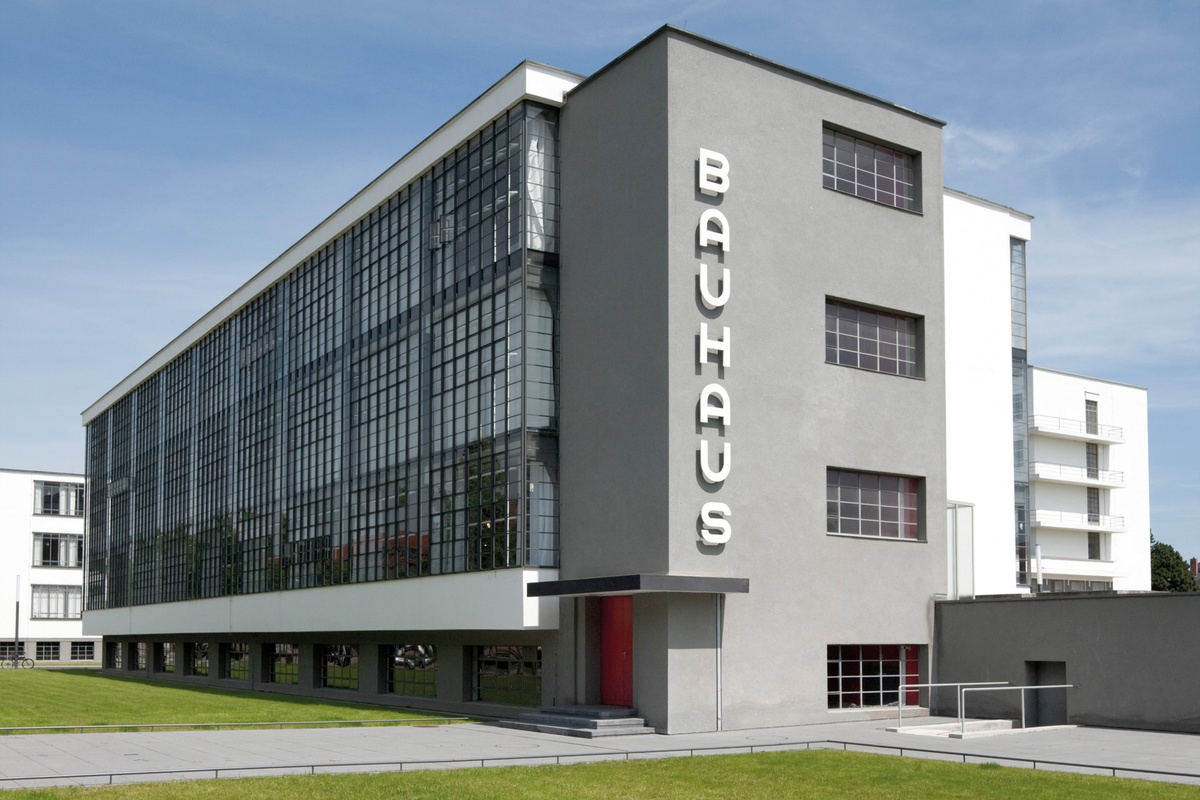
Stanley Kubrick is often cited as a filmmaker dedicated to the gesamkunstwerk in his obsessive all-encompassing approach to filmmaking. In films like Barry Lyndon, Kubrick meticulously incorporated visual design, music (notably classical compositions), narrative, and cinematography. The result is a cinematic experience where each element contributes to a unified whole.
It can be credibly argued that video games provide a vehicle and the potential for gesamkunstwerk, VR games even more so in terms of their immersive qualities. While they may not align perfectly with the traditional concept of gesamkunstwerk, the best video games form a cohesive integration of narrative, visuals, music, and player agency, with a strong emphasis on design and storytelling.
Wagnerian gesamtkunstwerk
The philosophy of gesamkunstwerk is to carefully orchestrate artistic elements to create a unified experience. Whether in opera, architecture, or film, gesamtkunstwerk emphasizes the synergy of different art forms to achieve a holistic and emotionally resonant result.
In Wagner’s operas, set design plays a crucial role in conveying the narrative and enhancing the emotional impact. The sets are designed to harmonize with the themes of the music and drama. For example, in The Ring, the elaborate set design for scenes like the underwater realm of the Rhine or the fiery destruction in Götterdämmerung contributes to the storytelling. Wagner’s set designs often incorporate symbolic elements that reinforce the themes of the opera. Each visual element, from the stage props to the backdrop, is carefully considered to contribute to the overall unity and meaning of the performance.
Wagner’s approach to set design was highly detailed. He provided extensive written instructions and sketches to guide set designers and collaborators in realizing his vision. Wagner often included detailed stage directions in the libretti of his operas. These directions provided guidance on the visual and theatrical aspects of the productions, including set design. However, the actual execution of the designs was a collaborative effort involving set designers, architects, and stage directors who worked closely with Wagner. One of his notable collaborators was the architect and designer Karl von Illies, who worked on the set design for Wagner’s opera Parsifal.
Bauhaus and all-encompassing architecture
In Bauhaus architecture, every element of the living space, from light fittings to window openings, was designed with a meticulous attention to both form and function. The focus on simplicity, clean lines, and efficient use of space aimed to create a harmonious and practical living environment. The Bauhaus philosophy aimed at forming a cohesive and aesthetically pleasing whole, as articulated in their manifesto. Gropius wrote the manifesto in 1919 to announce the opening of the Bauhaus School. The manifesto expressed the desire to bring together various art disciplines under one roof and emphasized the integration of art, craft, and technology. It called for a new approach to artistic education that would break down the traditional barriers between fine arts and crafts.
“Architects, sculptors, painters – we must all return to craftsmanship! For there is no such thing as ‘art by profession’. There is no essential difference between the artist and the craftsman.” ― Walter Gropius
Kubrick’s obsessive approach to filmmaking
As with Wagner, Kubrick obsessed over each artistic element that combined to create his art: groundbreaking cinematic techniques, choice of music, costume design, set decoration, use of colour, narrative and storytelling, and attention to historical detail. Kubrick’s Barry Lyndon, an adaptation of William Makepeace Thackeray’s novel, involves a carefully crafted narrative that explores themes of ambition, love, and societal expectations. Barry Lyndon is especially known for its innovative cinematographic techniques and visual style. Kubrick, in collaboration with cinematographer John Alcott, employed groundbreaking techniques to shoot many scenes using only natural light sources, particularly candlelight.
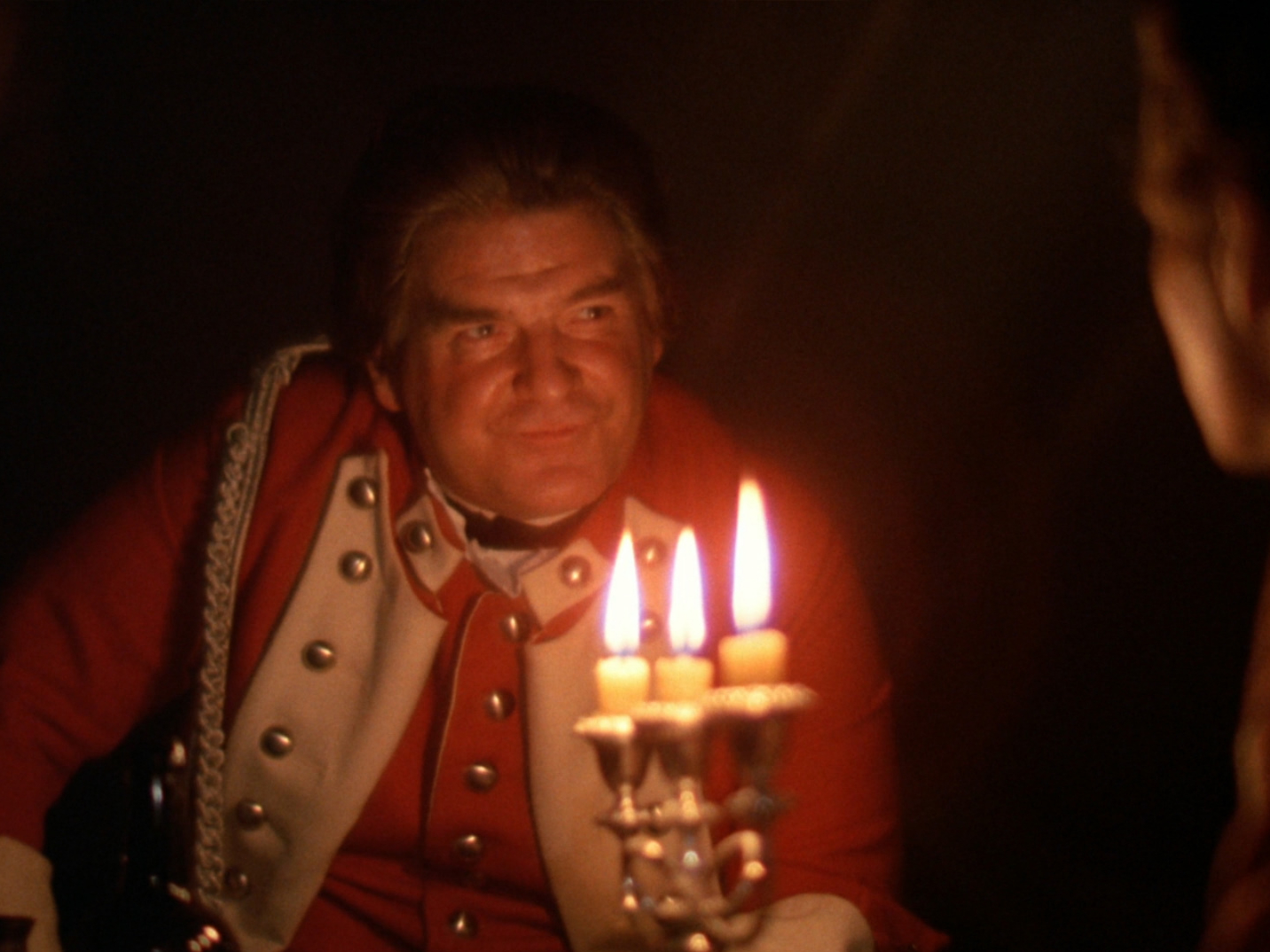
This decision not only added a distinctive visual quality to the film but also posed technical challenges that the filmmaking team had to overcome. A significant portion of the film’s interior scenes, especially those set in 18th-century European interiors, was lit solely by candles. This decision was driven by Kubrick’s desire to achieve a level of authenticity in the film’s visual representation of the period. To capture scenes in low light conditions, Kubrick and Alcott used specially modified lenses that were developed for NASA. These lenses allowed them to shoot in extremely low light. Carefully composed shots and sequences achieved a specific aesthetic sought by Kubrick. Even in outdoor daylight sequences, Kubrick and Alcott employed natural light to maintain a consistent visual tone. The use of natural lighting imparts a painterly quality to the film, resembling the works of 18th-century European artists. The film’s meticulous attention to costume design and set decoration is also noteworthy. The recreation of 18th-century Europe is visually captivating, and the detailed costumes contribute to the authenticity of the period evoked.
Strengths and limitations of total art
Gesamtkunstwerk, as envisioned by figures like Richard Wagner and Walter Gropius, strives for an immersive experience where various art forms converge, creating a holistic vision that transcends individual disciplines. Wagner aimed to envelop the audience in a unified and harmonious vision, creating a synthesis of music, visual arts, and other elements. This approach encourages cross-disciplinary collaboration, which challenges traditional boundaries between art forms. By treating art as an interconnected whole, gesamtkunstwerk prompts a reevaluation of how different elements can coalesce to form a seamless and impactful artistic expression.
However, gesamtkunstwerk is not without its challenges. Technical demands pose a formidable obstacle, requiring precise coordination to integrate multiple art forms seamlessly. This technical complexity can be resource-intensive, demanding significant time and expense. Furthermore, there is a risk that, in the pursuit of unity, one artistic element may overshadow others, leading to an imbalance within the total work.
Navigating the artistic landscape is a multifaceted endeavour, especially when considering the demands that culture places on its artists. Marxist cultural critics, seeking to distill art (and life) to its lowest common denominator, often express concerns about the perceived elitism of gesamtkunstwerk. They argue that its comprehensive nature might alienate audiences, deeming it inaccessible or overly intellectual. Such perspectives have contributed to the creation of a cultural environment conditioned to be unreceptive to grand artistic projects, placing hurdles in the path of those aspiring to pursue a grand vision.
For the ambitious artist, this poses a distinct challenge—a need to navigate around prevailing cultural biases and critics who may reduce art to more digestible forms. The pursuit of a vision for total art requires tenacity and resilience in the face of cultural scepticism. Artists must grapple with the balance between their creative vision and the expectations of a culture shaped by narrow-minded critical perspectives. In these instances, the single-minded and courageous artist may find himself charting new territories, challenging the status quo, and, in doing so, influencing the very cultural landscape that initially posed such resistance.
Gesamkunstwek in the contemporary landscape
The concept of gesamtkunstwerk has significantly shaped the teaching of art, inspiring a reevaluation of traditional disciplinary boundaries, with a growing emphasis on interdisciplinary learning in art schools and institutions. Rather than compartmentalizing disciplines, students are encouraged to explore relationships between music, visual arts, theatre, and design. This pedagogical shift helps to foster a more comprehensive understanding of artistic expression.
Contemporary practitioners, influenced by the ideals of gesamtkunstwerk, continue to push the boundaries of artistic creation. In architecture, designers draw inspiration from the Bauhaus movement and Walter Gropius’s vision of total design. The integration of form, function, and aesthetics reflects the enduring influence of gesamtkunstwerk on contemporary architectural practices. Similarly, in the realm of multimedia and digital arts, contemporary artists explore the synthesis of various elements to create multi-faceted experiences. Video games, interactive installations, and virtual reality projects exemplify the application of gesamtkunstwerk principles in pushing the boundaries of traditional artistic forms.
The impact of gesamtkunstwerk is also evident in collaborative projects. Artists, musicians, and performers come together to create interdisciplinary works that defy categorization. Festivals and events dedicated to immersive experiences showcase the enduring appeal of gesamtkunstwerk in capturing the imagination of both artists and audiences. The legacy of gesamtkunstwerk lives on, not only in historical appreciation but in the ongoing evolution of artistic expression in the contemporary landscape.
Embracing the total artwork
From Wagner’s operatic mastery to the latest innovations in digital art, the drive of artists with talent and verve to embrace the totality of an artistic vision is undiminished. As artists, the lesson from gesamtkunstwerk is clear: be audacious in your vision, unshackled by the constraints of individual mediums. Reaching for the grandeur of Wagner’s Ring cycle has to begin with expressing an openness to the interconnectedness of creative disciplines. And we must embrace the boldness of such visionary artists, explore the immersive artistic landscapes they craft, and celebrate the enduring power of art to transcend the sum of its parts. In this pursuit, artists and appreciators of art alike should vehemently resist the prevailing attitude among Western critics (who are also critics of the West) to celebrate art devoid of skill and craftsmanship for ideological reasons. Do not be swayed by a culture that, at times, exalts creators incapable of painting, composing, or mastering their craft. Instead, champion the elevation of artistic endeavours that defy the simplistic and demand excellence. Through this collective embrace of the gesamtkunstwerk philosophy, we not only honor the legacy of artistic pioneers but become contributors to a rich and interconnected artistic future.
Ten great examples of gesamkunstwerk
-
Richard Wagner’s The Ring of the Nibelung (premier 1869): Wagner’s monumental opera cycle seamlessly unifies music, drama, and stagecraft, epitomizing the gesamtkunstwerk ideal and influencing generations of composers and directors.
-
Stanley Kubrick’s Barry Lyndon (1975): Kubrick’s film shows meticulous use of natural lighting, period-accurate set design, and a classical soundtrack, creating an engrossing cinematic experience of the 18th century.
-
Mies van der Rohe’s Tugendhat Villa (1930): Mies van der Rohe’s Tugendhat Villa embodies the Bauhaus philosophy, integrating architecture, interior design, and furniture, to create a harmonious and spacious living space.
-
Ingmar Bergman’s Fanny and Alexander (1982): Bergman’s Fanny and Alexander is a cinematic masterpiece with stunning visuals, narrative complexity, and profound character exploration, showcasing the director’s masterful integration of multiple artistic elements.
-
Hideo Kojima’s Death Stranding (2019): Death Stranding is a video game that combines stunning visuals, a captivating narrative, and an evocative soundtrack, offering players a truly immersive and artistically rich experience.
-
Antoni Gaudi’s public works in Barcelona (1906-1912): Gaudi’s public works in Barcelona, marked by Casa Batlló and La Pedrera, showcase an integrated and totally unique approach to architecture, blending form, function, and symbolism in an urban environment.
-
Stourhead Garden, Wiltshire, England (started 1741): Stourhead is a picturesque landscape garden created in the 18th century by Henry Hoare II. The garden incorporates classical architecture, carefully placed sculptures, a large artificial lake, and fastidiously arranged trees and shrubs, each element contributing to the overall aesthetic. In the case of Stourhead, you could also consider it a raumkunstwerk, or “artwork of space”. A raumkunstwerk emphasizes the spatial aspect of an artwork.
-
Federico Fellini’s 8½ (1963): Fellini’s 8½ blurs the lines between reality and imagination, incorporating surreal visuals, music, and narrative in a reflection on the creative process.
-
Frank Lloyd Wright’s Fallingwater (1935): Fallingwater, designed by Frank Lloyd Wright, demonstrates how architecture can integrate seamlessly with its natural surroundings, creating a harmonious and organic living space.
-
Peter Greenaway’s The Cook, the Thief, His Wife & Her Lover (1989): Greenaway’s provocative film combines striking visuals, intricate set design, and a unique blend of music and narrative, challenging conventional storytelling norms.
